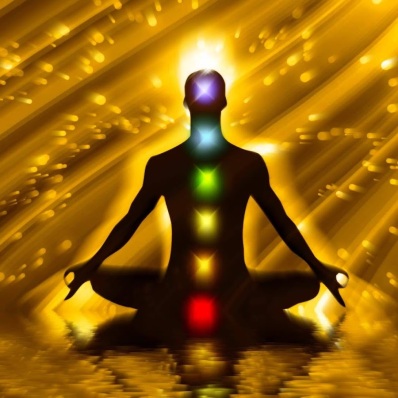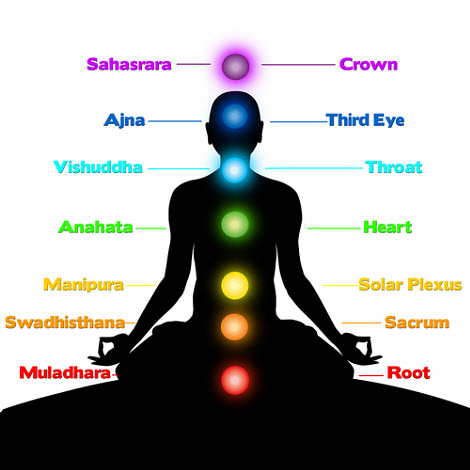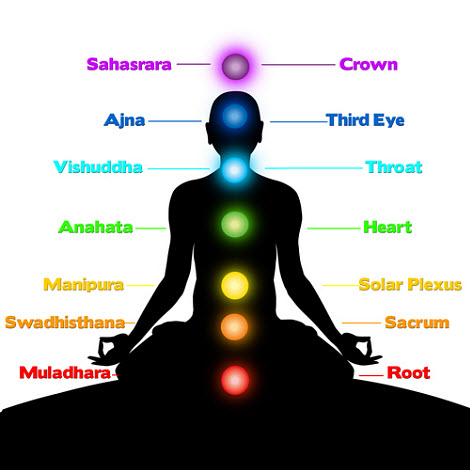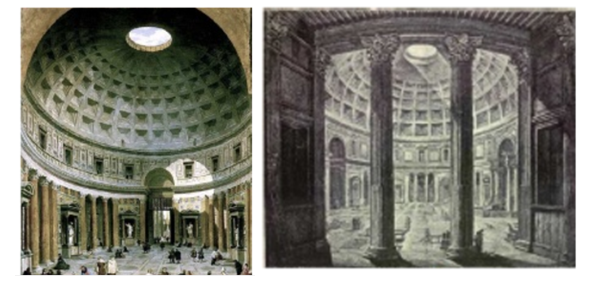When you type light or illumination in Google, the first thing you get is its scientific definition and measurement units. Wikipedia defines light as ‘light is electromagnetic radiation within a certain portion of the electromagnetic spectrum.’ That means nothing to, say a chartered accountant, a chemistry student or a fashion designer. But that does not mean they all don’t use light. In fact, light is required in each and every activity invented by the mankind; even in music one needs to see where ones fingers are moving on a guitar or flute, one needs to know that they are not putting salt in tea instead of sugar.
The importance of light being established, one often wonders what our ancestors did without electricity. Well, they just went fine with their daily work. The sun rose in the east, set in the west, providing light throughout the day. The plants grew, the herbivorous ate the plants, the carnivorous ate the herbivorous and man, well he ate everything he could get his hands on. Essentially what is important here is that the sun was a constant source of heat and light. The abundantly available light was used by plants to photosynthesize their own food which was consumed by the rest of the food chain. It may not be far-fetched here to say the even human beings use light to complete biological cycles.
Consider no artificial lights, no technology, and now imagine a primitive human life. What did man have for a reference of time? The sun. Suppose you are taking a nap, you wake up having no idea of what time it is. Since you live within walls you will have to check your watch for time. But the caveman did not. He only had the reference of the sun. Now you will say that if the cardinal directions are unknown one cannot justify if it is morning or evening without the passing of time. But here lies the theory. As the Sun crosses the sky, it appears to be red, orange, yellow or white depending on its position. The changing color of the Sun over the course of the day is mainly a result of scattering of light. The mornings are orange, while the evenings are purple. And this is what our body has been accustomed to for millions of years. This is known as the circadian rhythm. Ever wondered why you feel happier in the mornings while lesser in the evenings? Why do you feel sleepy earlier in the winter? What is the whole concept of jet-lag? It is all a part of the circadian rhythm of your body.
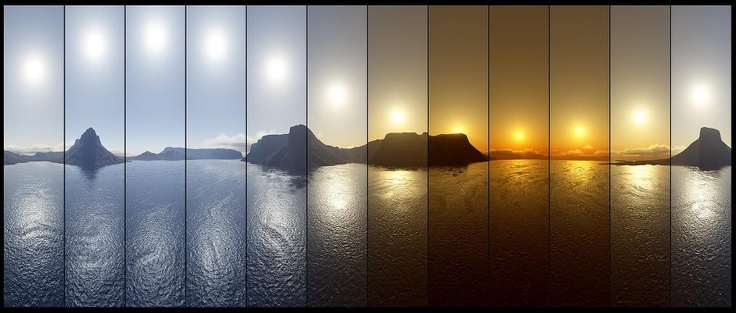
The general population today spends at least 8-9 hours a day in their workplace. Natural lighting is the least important there. The color of artificial light is constant and doesn’t resemble daylight at any point of time. This essentially destroys the circadian rhythm. Studies have shown that being exposed to the same light, without any change, increases fatigue and decreases productivity. In a third world country like India, the daytime indoor lighting is dependent on electricity, which is neither cheap nor consistent. Blackouts are being a common phenomenon in the rural and semi-urban areas. This fluctuation of illumination triggers stress hormones and often affect the productivity as well as the comfort feeling of the occupant. Whereas complete dependency on daylight at least keeps you feeling comfortable throughout the day.
If you just consider the relation of light with architecture, light has more of an effect of a person’s experience within a space than any other architectural design element, and so it is considered to be one of the most important components of architecture. The perception of space is directly connected to the way light integrates with it. What we see, what we experience and how we interpret the elements is affected by how light interacts with us and with the environment. Due to the light, it is possible to perceive different atmospheres in the same physical environment. The garden which looks like a family space during the day looks like a romantic spot during the evening.
Can we have the same environment for our habitable spaces? Incorporating daylight into our buildings will certainly improve its mood quality, the productivity of employees and students, creating a more pleasant environment. Of course people will debate the negative effects of incorporating daylight, especially in a hot country like India. There is the glare, the heat coming with light and the uncertainty of available daylight. That is what is keeping people from actually using daylight. But that is what an architect and a lighting designer is for. Just by providing large windows for inviting daylight, will result in users closing the blinds because of the glare and then switching on the artificial light.
Just like every other living creature under the sun, we too gain our energy from Him(sun). Not exactly the physical energy which helps you work, but a psychological force which drives your mood, either to work or relax. And that is how, just like the photosynthesis of plants, we synthesize our intellectual energy from the changing daylight. And the lack of which in today’s work and residential spaces is one of the reasons of increasing tensions and fatigues.
Today multiple products and features are available to work with, if one just decides welcome daylight into habitable spaces. It is possible to create a healthy and happy environment for everyone, if we just try to tap this amazing source of energy.



